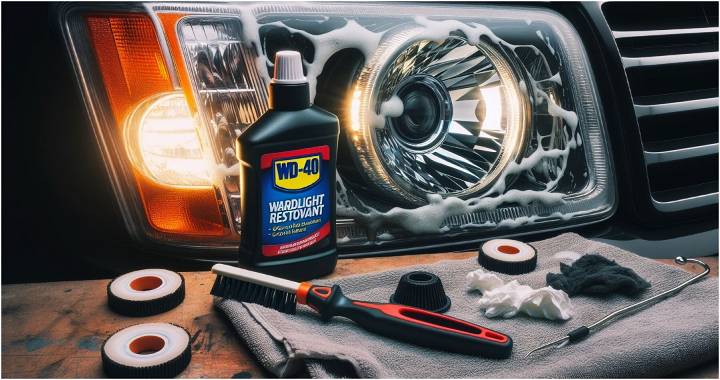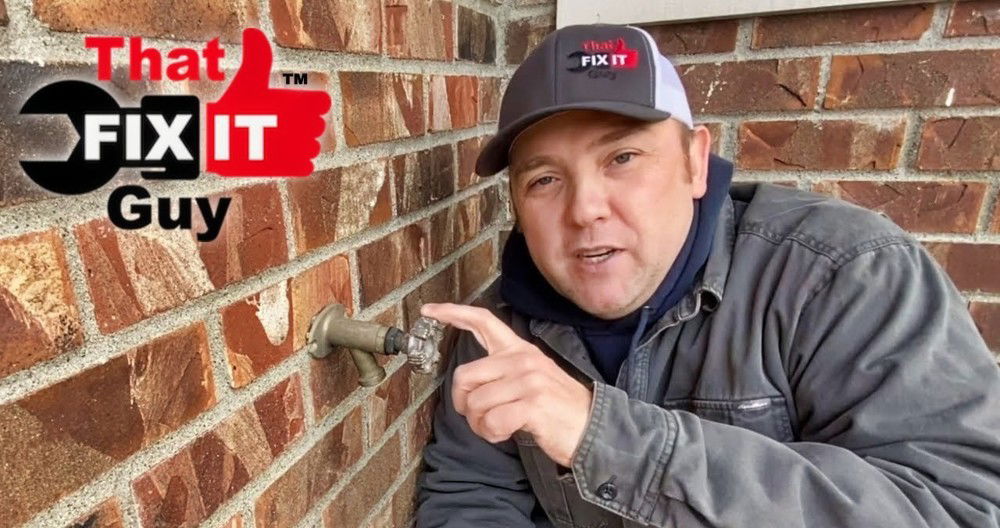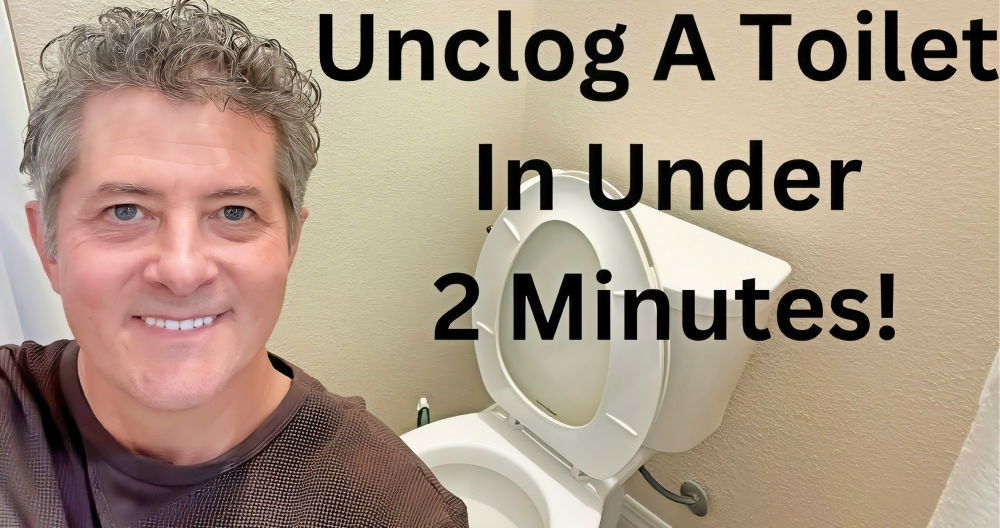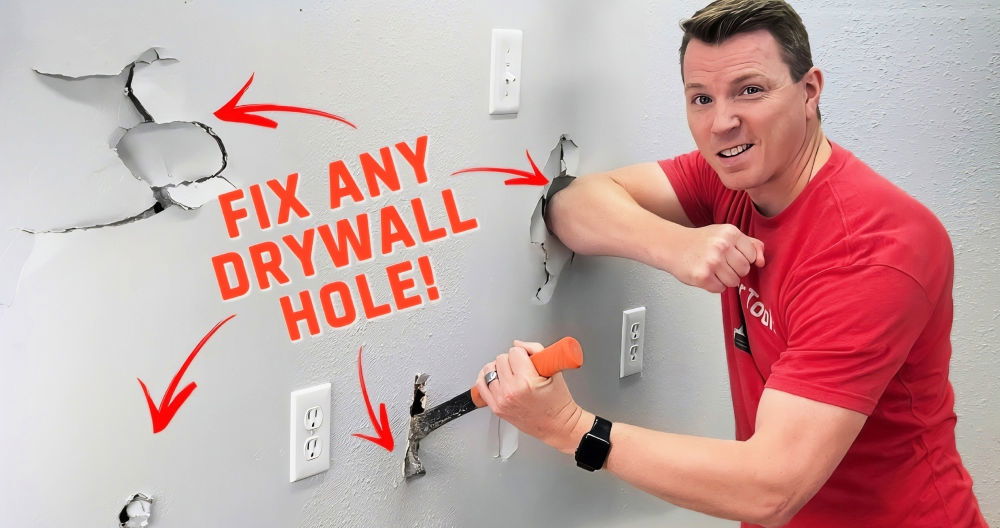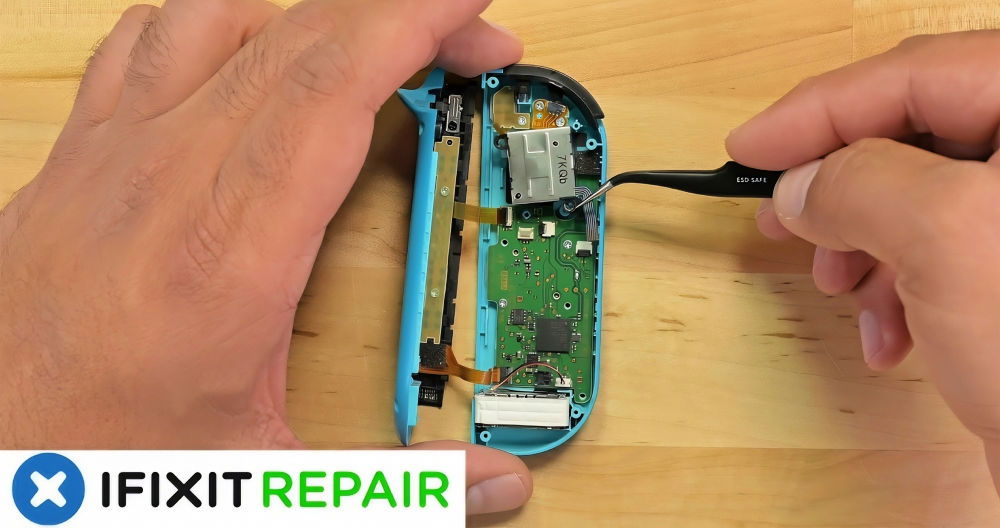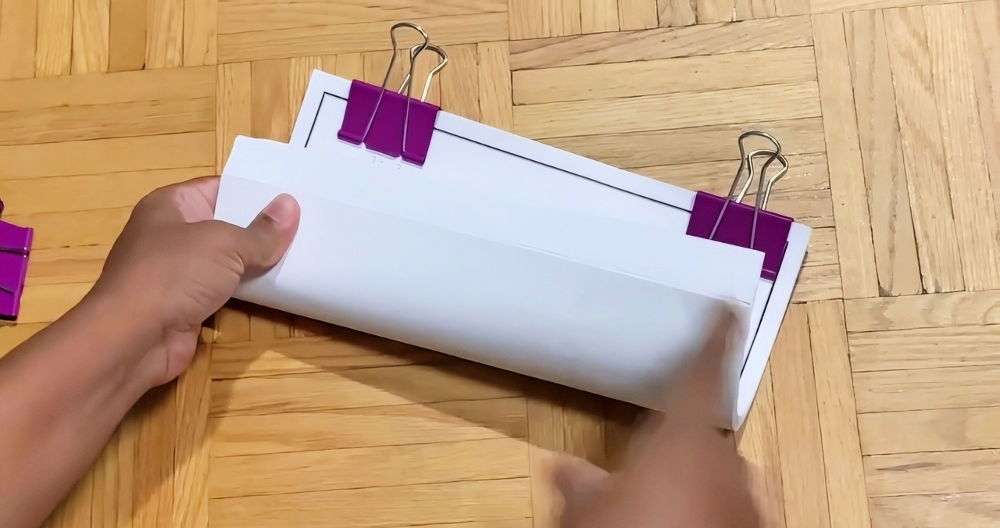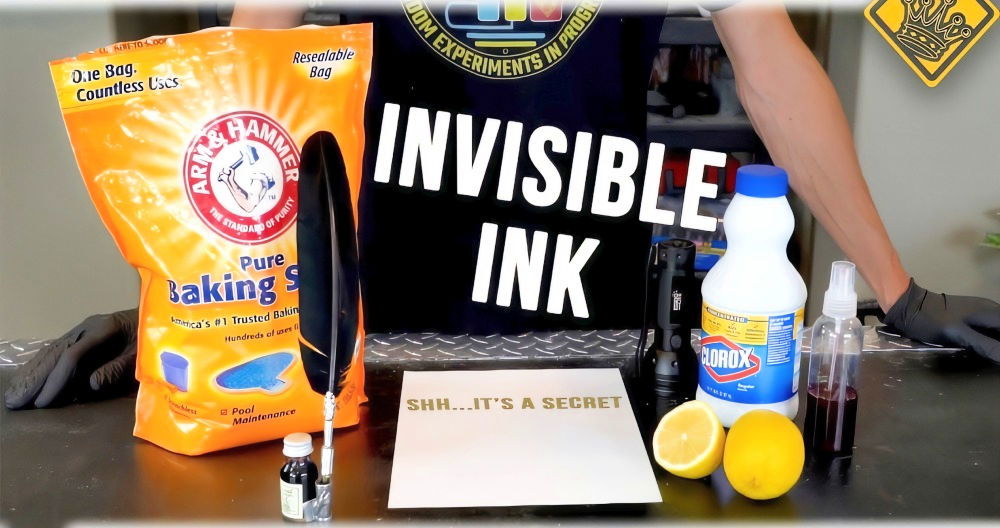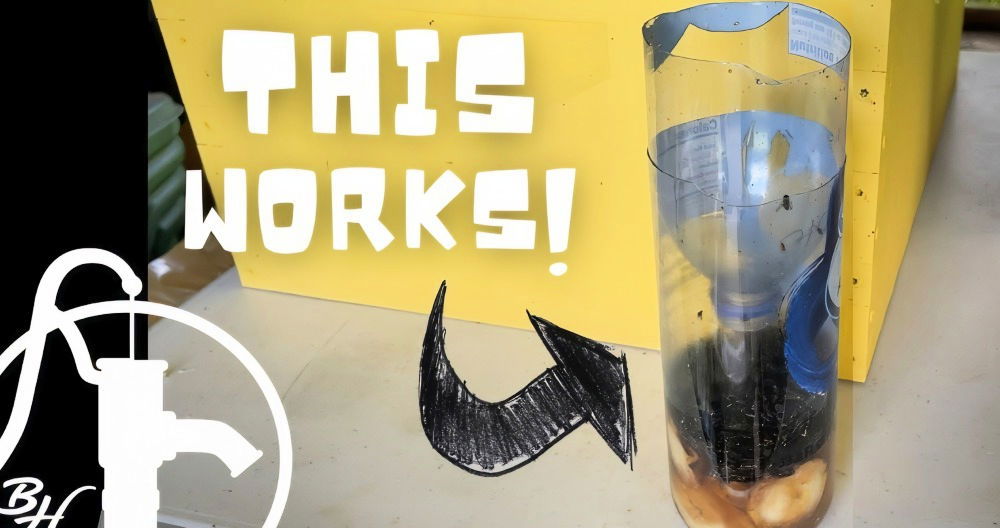Dealing with a flooded basement can be a daunting task, especially if it's your first time. I've been there, and I understand the overwhelming feeling of seeing water pooling in a space that should be dry and safe. In this guide, I'll share the step-by-step process of cleaning up and restoring a flooded basement. Whether you're dealing with a minor seepage or a major flood, these tips will help you tackle the situation effectively and safely.
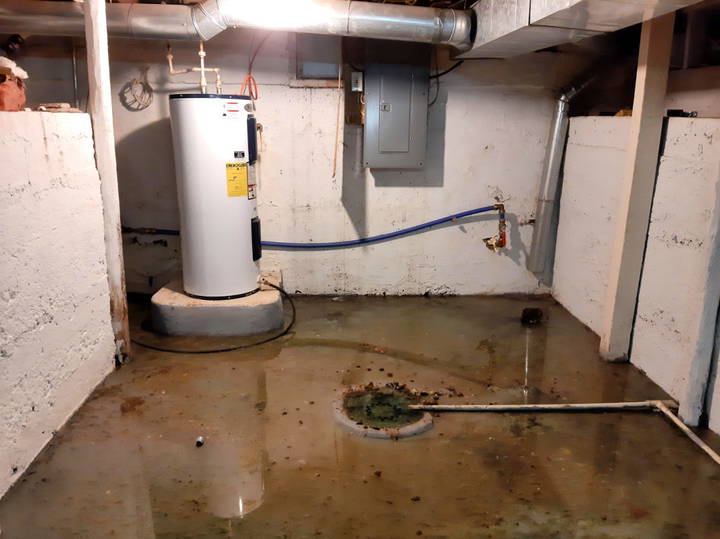
Understanding the Situation: Causes of Basement Flooding
Before diving into the cleanup process, it's important to understand why your basement flooded in the first place. Basements are vulnerable to flooding because they are often below ground level. Common causes of basement flooding include:
- Heavy Rainfall or Storms: When the drainage system cannot handle heavy rain, water may seep into the basement through cracks in the foundation or basement walls.
- Burst Pipes or Plumbing Issues: A sudden pipe burst or leak can quickly flood your basement.
- Sewage Backup: This occurs when the sewer system is overwhelmed or clogged, causing sewage to back up into the basement.
- Poor Property Grading: If the land around your home isn’t graded properly, rainwater can flow toward your house and enter the basement.
- Failed Sump Pump: A sump pump that isn't working can lead to water accumulation during heavy rains or flooding events.
Identifying the root cause is crucial to preventing future incidents. Now, let's move on to the practical steps for cleanup and restoration.
Step 1: Ensure Safety First
Safety is the number one priority when dealing with a flooded basement. Here’s what you need to do:
- Cut Off Power: Water and electricity are a deadly combination. Ensure that the power supply to the basement is turned off before you step in. If you can't reach the breaker without entering water, call a professional.
- Check for Gas Leaks: If you smell gas or suspect a leak, evacuate immediately and call your utility company.
- Wear Protective Gear: Wear waterproof boots, gloves, and a mask to protect yourself from contaminated water, mold, and other potential hazards.
Step 2: Stop the Source of Water
If possible, stop the water from entering the basement. And if the flooding is due to a burst pipe, turn off the main water supply. If it's a result of heavy rain or drainage issues, you may not be able to stop the water immediately. Placing sandbags around entry points can help minimize further damage until the water stops.
Step 3: Remove Standing Water
Once it's safe to enter the basement, the next step is to remove any standing water. Here’s how you can do it:
- Use a Sump Pump or Wet/Dry Vacuum: A sump pump is the most effective way to remove large volumes of water. If you don’t have one, a wet/dry vacuum can help, but it’s best for smaller volumes of water.
- Mop Up Residual Water: After the bulk of the water is removed, use mops and towels to absorb the remaining water.
Remember, don’t use regular household vacuums for this job—they aren't designed to handle water and can lead to electrocution or damage.
Step 4: Dry Out the Basement Completely
Drying out the basement is critical to prevent mold growth. Here’s what you can do:
- Use Dehumidifiers and Fans: Place dehumidifiers and high-power fans around the basement to circulate air and speed up the drying process. Run them continuously until all moisture is gone.
- Remove Wet Carpeting and Drywall: Wet carpets and drywall can harbor mold and bacteria. Cut away drywall at least 12 inches above the water line and remove soaked carpet. Keep an eye out for signs of mold and rot, which may require more extensive removal.
- Check Flooring and Subflooring: As one user in a DIY forum pointed out, it’s essential to check the subflooring under tiles, vinyl, or wood floors. If it’s dry and undamaged, you might be able to keep it; otherwise, it will need to be replaced.
Step 5: Clean and Disinfect All Surfaces
Once everything is dry, the next step is to clean and disinfect. This is crucial to prevent mold growth and eliminate any harmful bacteria. Here’s how:
- Clean with Bleach Solution: Mix one cup of bleach in a gallon of water and use it to clean all hard surfaces such as walls, floors, and any remaining fixtures.
- Mold Control Products: Apply mold control sprays to any wood or porous surfaces that got wet. These sprays can help inhibit future mold growth.
- Dispose of Damaged Items: Some items like furniture, books, and other porous materials may be beyond saving if they’ve been waterlogged. Discard anything that’s not salvageable.
Step 6: Repair and Restore
After ensuring the basement is dry, clean, and disinfected, it's time to start repairs. Here’s what you might need to do:
- Replace Damaged Drywall and Insulation: If you've cut away drywall and insulation, these will need to be replaced. Make sure to use mold-resistant materials where possible.
- Install New Flooring: If you had to remove flooring, now is the time to lay down new materials. Consider water-resistant flooring options such as tile, vinyl, or sealed concrete.
- Fix or Upgrade Your Sump Pump: If your sump pump failed or isn’t sufficient, consider upgrading it or installing a backup pump system. This can prevent future flooding incidents.
- Improve Drainage and Grade Around the House: Poor grading can cause water to flow toward your house. Hire a professional to ensure proper drainage away from the foundation.
Step 7: Prevent Future Floods
Preventing future floods involves addressing the root causes that allowed the water to enter your basement in the first place. Consider these preventative measures:
- Seal Foundation Cracks: Inspect your foundation for any cracks that could let water seep in and seal them properly.
- Maintain Gutters and Downspouts: Clean gutters and extend downspouts to direct water away from the foundation.
- Install a Sump Pump Backup: A battery or water-powered backup for your sump pump can be a lifesaver during power outages.
- Regularly Inspect and Maintain Plumbing: Have a professional inspect your plumbing system, especially if your home is older or you’ve had issues in the past.
- Consult with Professionals: If you’re unsure about grading, drainage, or foundation issues, consulting with professionals can save you from future headaches and costs.
Conclusion: Taking Control of the Situation
Handling a flooded basement can be stressful, but taking immediate and proper steps can mitigate damage and prevent future issues. From my own experience and advice gathered from other DIY enthusiasts, the key is to act quickly, prioritize safety, and be thorough in both cleaning and repairs. With the right tools, knowledge, and a bit of patience, you can restore your basement to its former glory—or even better. Remember, if you’re ever in doubt, don’t hesitate to consult with professionals to ensure the safety and longevity of your home.
FAQ: Flooded Basement Cleanup and Restoration
Flooded basement cleanup and restoration FAQs answered: Learn expert tips on water removal, drying, and restoring your flooded basement fast.
What should I do if the water in my basement is from a sewage backup?
For sewage backups, avoid entering the area due to health risks. Call professionals for cleanup, wear protective gear, and sanitize with a bleach-based cleaner to eliminate bacteria and biohazards.
Can I use a regular vacuum to remove water from the basement?
No, regular vacuums are not safe for water removal. Use a wet/dry vacuum or sump pump designed for water extraction to prevent electrocution or equipment damage.
How do I prevent mold growth after a basement flood?
Dry the basement within 24-48 hours using dehumidifiers and fans. Remove wet materials like drywall and carpets and use mold control sprays on affected areas to inhibit growth.
When should I replace drywall and insulation after a flood?
Replace drywall and insulation if they have been submerged or show signs of mold or rot. Cut at least 12 inches above the water line and use mold-resistant materials for replacements.
Is it necessary to replace the subfloor after a flood?
Only replace the subfloor if it is water-damaged, warped, or shows signs of mold. Inspect thoroughly by removing a section to check underneath, ensuring it is dry and intact.
What type of flooring is best for flood-prone basements?
Choose water-resistant options like vinyl, tile, or sealed concrete for flood-prone areas. These materials are less likely to absorb water and are easier to clean and dry after flooding.
How can I improve my sump pump's effectiveness?
Ensure your sump pump is regularly maintained and has a backup power source. Consider installing a water-powered backup or battery system to handle power outages during heavy rains.
How do I address poor property grading to prevent future basement flooding?
Hire a professional to regrade the land around your home, ensuring it slopes away from the foundation. Proper grading helps direct water away and prevents it from seeping into the basement.
Should I remove wet carpet immediately after a flood?
Yes, wet carpet should be removed as soon as possible to prevent mold growth and damage to the subfloor. Dry the area thoroughly before installing new flooring.
What should I check if my basement floods again despite taking precautions?
Check the condition of your sump pump, foundation, gutters, downspouts, and property grading. Regular inspections can help identify any new issues and prevent future flooding.


